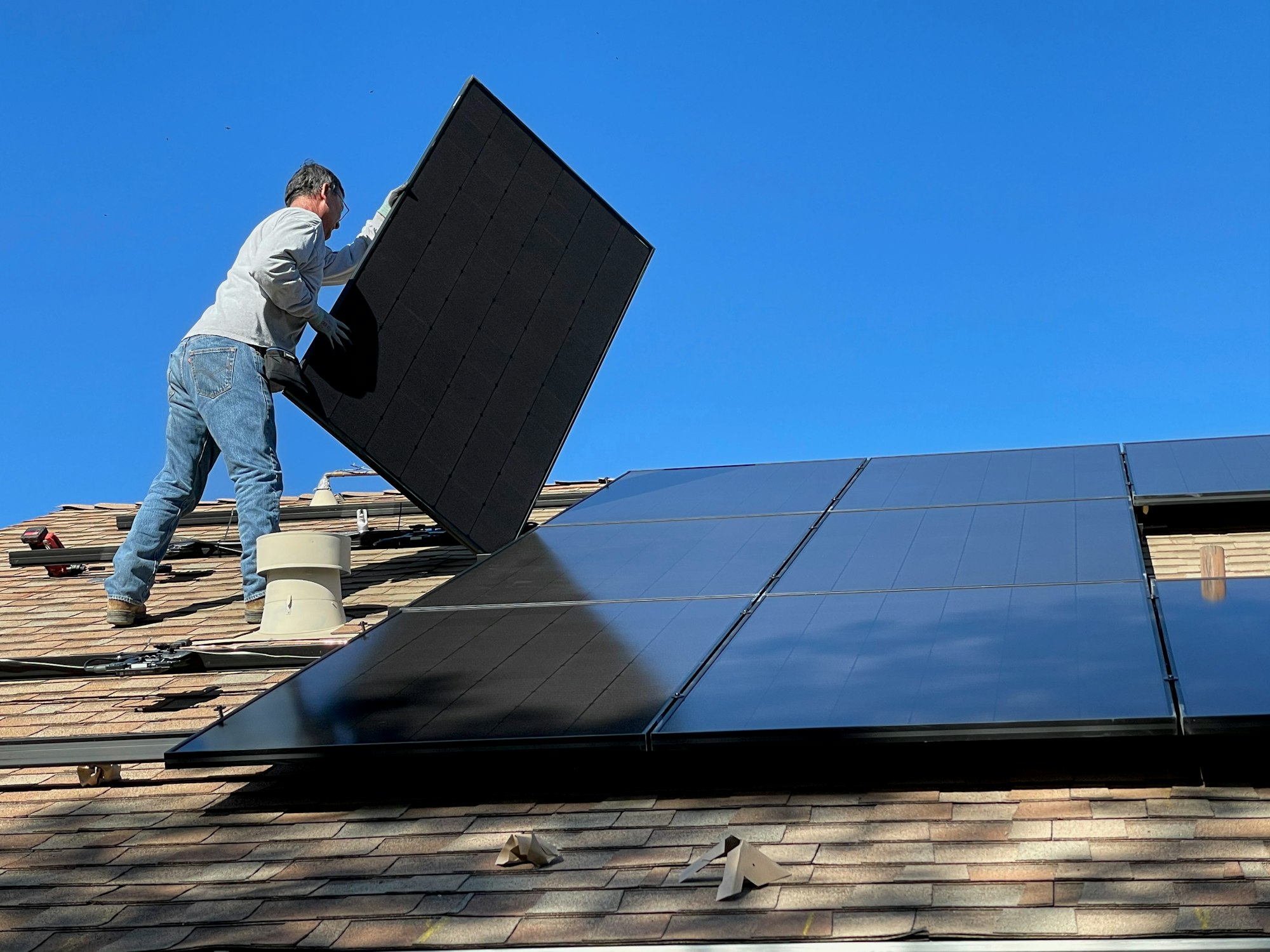Americas Solar Gamble
The U.S. solar industry faces a pivotal moment: new 2025 tariffs aim to rebuild domestic manufacturing but risk higher costs, project delays, and climate setbacks. Will America’s solar bet pay off?

Why 2025 Marks a Crossroads for Clean Energy
In April 2025, the U.S. Department of Commerce finalized massive anti-dumping (AD) and countervailing duties (CVD) on solar panels imported from Cambodia, Malaysia, Thailand, and Vietnam—duty rates so high they shocked even seasoned trade observers. With tariffs reaching up to 3,521 percent, this unprecedented action targets what had become America’s primary source of solar panels, and it signals a hard industrial turn toward rebuilding domestic solar manufacturing.
The stakes of this pivot are enormous. In the short term, the U.S. solar market faces sharp growing pains: surging module prices, supply shortages, delayed projects, and potential job losses—especially among installers and developers. While some manufacturers are celebrating the tariffs as a long-overdue defense against unfair competition, many in the project development world warn that clean energy goals could suffer immediate setbacks.
America is trading short-term disruption for a bet on long-term self-sufficiency.
If new factories can scale fast enough, if costs can come down, and if supply chains can be secured, the U.S. could emerge by the early 2030s with a robust, independent solar industry. But if timelines slip, costs stay high, or political support wavers, the gamble could backfire—delaying decarbonization, weakening solar deployment, and exposing the sector to new vulnerabilities.

Crossroads for Solar, the full research report dives deep into these questions. It offers a detailed assessment of three distinct horizons:
- Near-Term (2025–2026): Expect sharp price increases, project cancellations, and a possible slowdown in solar deployment as supply chains reconfigure under pressure. The immediate effect could be a net loss of tens of thousands of solar jobs—even as manufacturing ramps up.
- Mid-Term (2027–2029): Domestic production is projected to rise, with new module and cell factories coming online. Prices may stabilize but are unlikely to return to pre-tariff lows. America’s solar sector could diversify supply sources, but success will hinge on careful policy execution and international coordination.
- Long-Term (2030–2035): If the transition succeeds, the U.S. could stand atop a new solar manufacturing ecosystem, fueling both climate progress and industrial renewal. If it falters, the country risks falling behind global competitors and losing ground on its clean energy commitments.
The report also confronts the elephant in the room: policy volatility. History shows that U.S. solar tariffs have swung unpredictably between hardline enforcement and sudden exemptions, creating whiplash for investors and developers. Even now, the political future of the new tariffs remains uncertain, especially given upcoming elections and the unpredictable stance of future administrations.
At its core, Crossroads for Solar argues that the next five years will determine whether the United States can marry industrial policy with climate ambition—or whether trade barriers will ultimately slow, rather than speed, the transition to a clean energy future.
The story of America’s 2025 solar tariffs is not just about trade. It is about industrial reinvention, climate urgency, and the difficult choices a nation faces when economic, environmental, and geopolitical priorities collide.





Comments ()